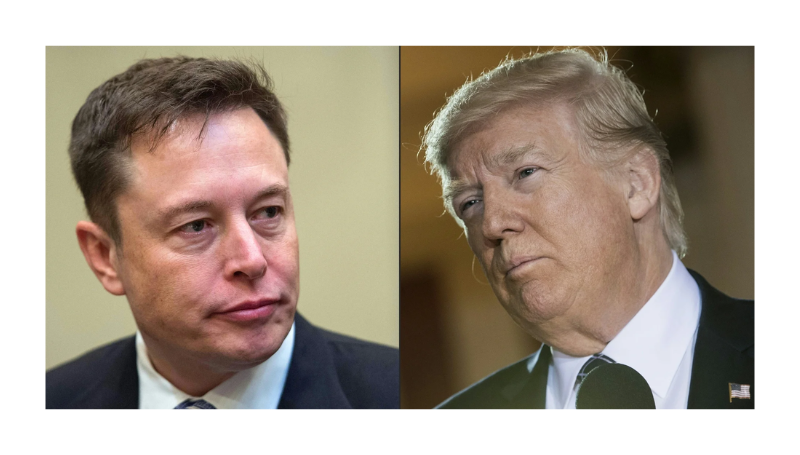Niall Ferguson
The Free Press, Dec. 12, 2024
“The vibe shift is, in essence, escalation versus de-escalation.”
I am a 60-year-old Scotsman with a penchant for red suspenders, oolong tea, and the novels of Walter Scott—so no one will ever accuse me of being an arbiter of cool. But to understand politics and even geopolitics you have to understand culture, which is sometimes—often—upstream of both. And to understand culture you have to understand, well, vibes.
Specifically, vibe shifts.
The pop culture commentator Sean Monahan identified three mini-epochs between 2003 and 2020: Hipster/Indie (ca. 2003–9), Post-Internet/Techno (ca. 2010–16), and Hypebeast/Woke (ca. 2016–20). Each was defined by a distinct aesthetic, and the vibe shift from one to the other was swift and palpable. As the pandemic receded, New York magazine’s Allison P. Davis predicted that another vibe shift had to be approaching. (And indeed, Monahan has dubbed the new epoch “Pilled/Scene.”)
I confess none of this meant much to me. I couldn’t tell a hypebeast from a hipster if my life depended on it.
But the term finally clicked—and acquired a powerful significance—when it was imported to the world of tech. In a clever Substack post in February, Santiago Pliego tried to sum up the change that had occurred from the epoch of woke—which began with the cancellation of James Damore by Google in 2017—to the unfiltered era of Elon Musk’s X.
“Fundamentally,” Pliego wrote, “the Vibe Shift is a return to—a championing of—Reality, a rejection of the bureaucratic, the cowardly, the guilt-driven; a return to greatness, courage, and joyous ambition.” To be precise:
The Vibe Shift is spurning the fake and therapeutic and reclaiming the authentic and concrete.
The Vibe Shift is a healthy suspicion of credentialism and a return to human judgment. SOURCE
Niall Ferguson is a columnist for The Free Press. His latest book is Doom. Read his piece “The Treason of the Intellectuals,” and follow him on X @NFergus.


